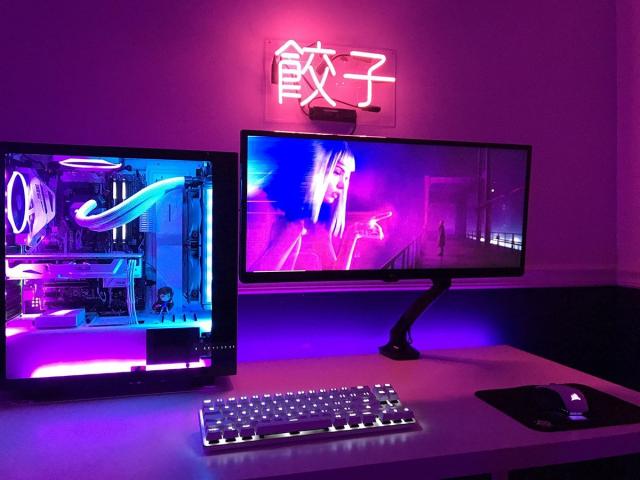Video games have come a long way since their inception several decades ago. One of the most striking aspects of this evolution has been the improvement in graphics. From humble beginnings with simple pixels to the cutting-edge technology of ray tracing, the journey of video game graphics is nothing short of remarkable. In this article, we will take you on a visual tour of the evolution of video game graphics, showcasing the significant milestones that have shaped the gaming industry into what it is today.
The Early Days: Pixels and Sprites
The Birth of Pixels
The very first video games, like “Pong” and “Space Invaders,” relied on basic, blocky graphics. These primitive visuals were constructed using individual pixels, which are tiny, square elements that make up an image on a screen. These early games featured minimalistic graphics due to hardware limitations, but they laid the foundation for what was to come.
The Rise of Sprites
As technology progressed, so did the graphics. The introduction of sprites marked a significant leap in video game visuals. Sprites are 2D images or animations that can be manipulated and moved independently on the screen. Games like “Super Mario Bros.” and “The Legend of Zelda” utilized sprites to create more detailed and dynamic characters and objects.
The 3D Revolution
Polygonal Graphics
The early 1990s witnessed a revolution in video game graphics with the advent of 3D technology. Games like “Doom” and “Quake” introduced players to the world of polygonal graphics, where 3D objects were constructed from polygons (usually triangles). This breakthrough allowed for more realistic environments and characters, albeit with a blocky appearance.
The PlayStation Era
Sony’s PlayStation console brought 3D gaming to the masses. Titles like “Final Fantasy VII” and “Metal Gear Solid” showcased the potential of 3D graphics, with cinematic cutscenes and detailed character models. This era saw a shift from 2D to 3D as the standard for video game graphics.

High-Definition and Realism
High-Definition Graphics
The 21st century brought with it high-definition (HD) graphics, which marked another milestone in video game visuals. Consoles like the Xbox 360 and PlayStation 3 pushed the boundaries of graphics with games like “Gears of War” and “Uncharted.” These games offered stunning detail and realism, making players feel like they were part of the action.
The Era of Realism: Ray Tracing
Today, we find ourselves in the era of ray tracing, a technology that brings unparalleled realism to video game graphics. Ray tracing simulates the behavior of light, allowing for realistic reflections, shadows, and lighting effects. Games like “Cyberpunk 2077” and “Control” showcase the incredible potential of ray tracing, immersing players in lifelike worlds like never before.
The Future of Video Game Graphics
As technology continues to advance, the future of video game graphics looks incredibly promising. We can expect even more realistic visuals, with advancements in hardware, ray tracing, and artificial intelligence. Virtual reality (VR) and augmented reality (AR) are also poised to revolutionize how we experience games, blurring the lines between the virtual and real worlds.
In conclusion, the evolution of video game graphics has been a remarkable journey, from the simplicity of pixels to the breathtaking realism of ray tracing. As technology continues to push the boundaries of what’s possible, gamers can look forward to even more immersive and visually stunning experiences in the years to come. For more information or to read all about gaming, be sure to visit MatrixSaga to learn more.
